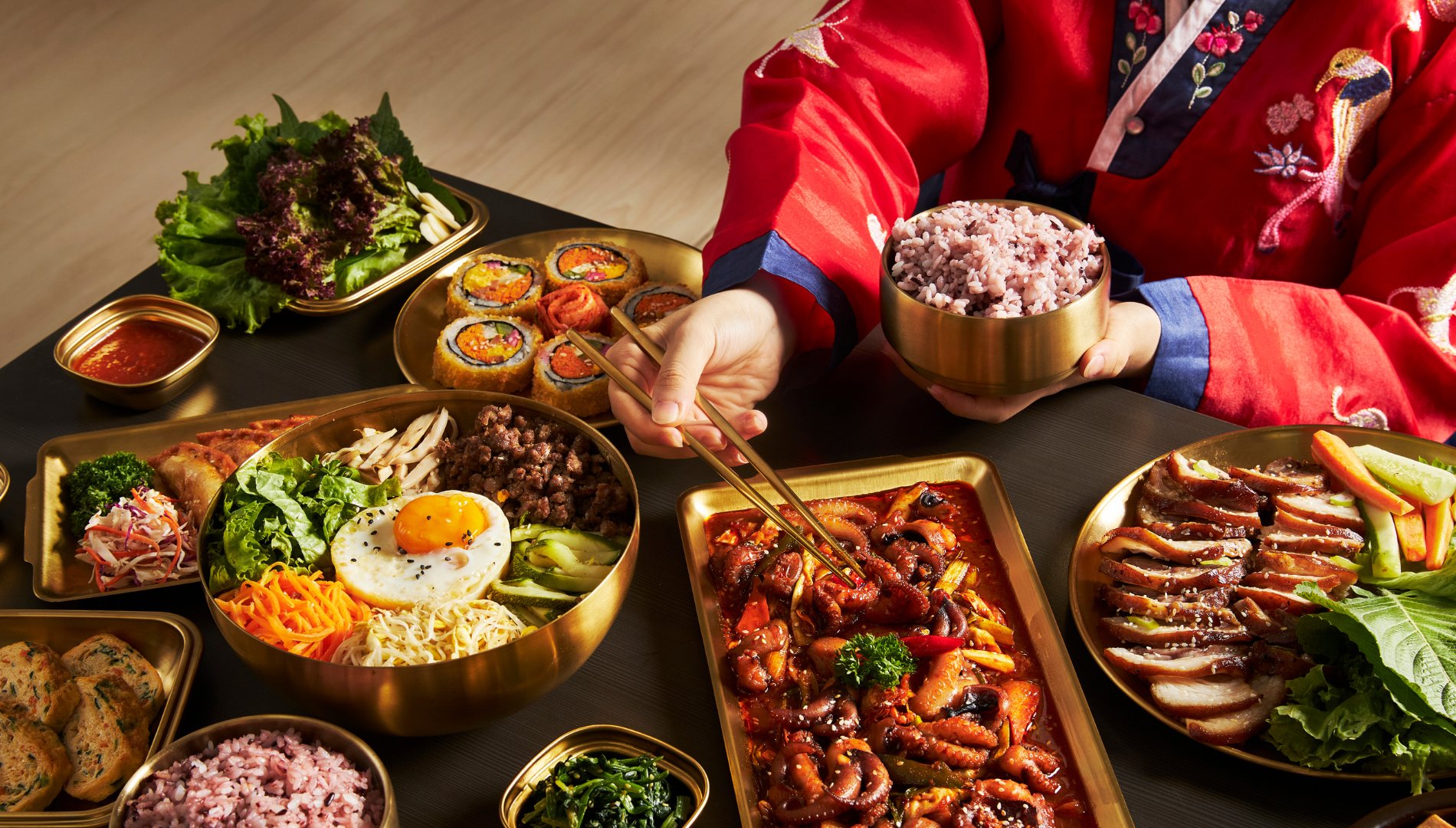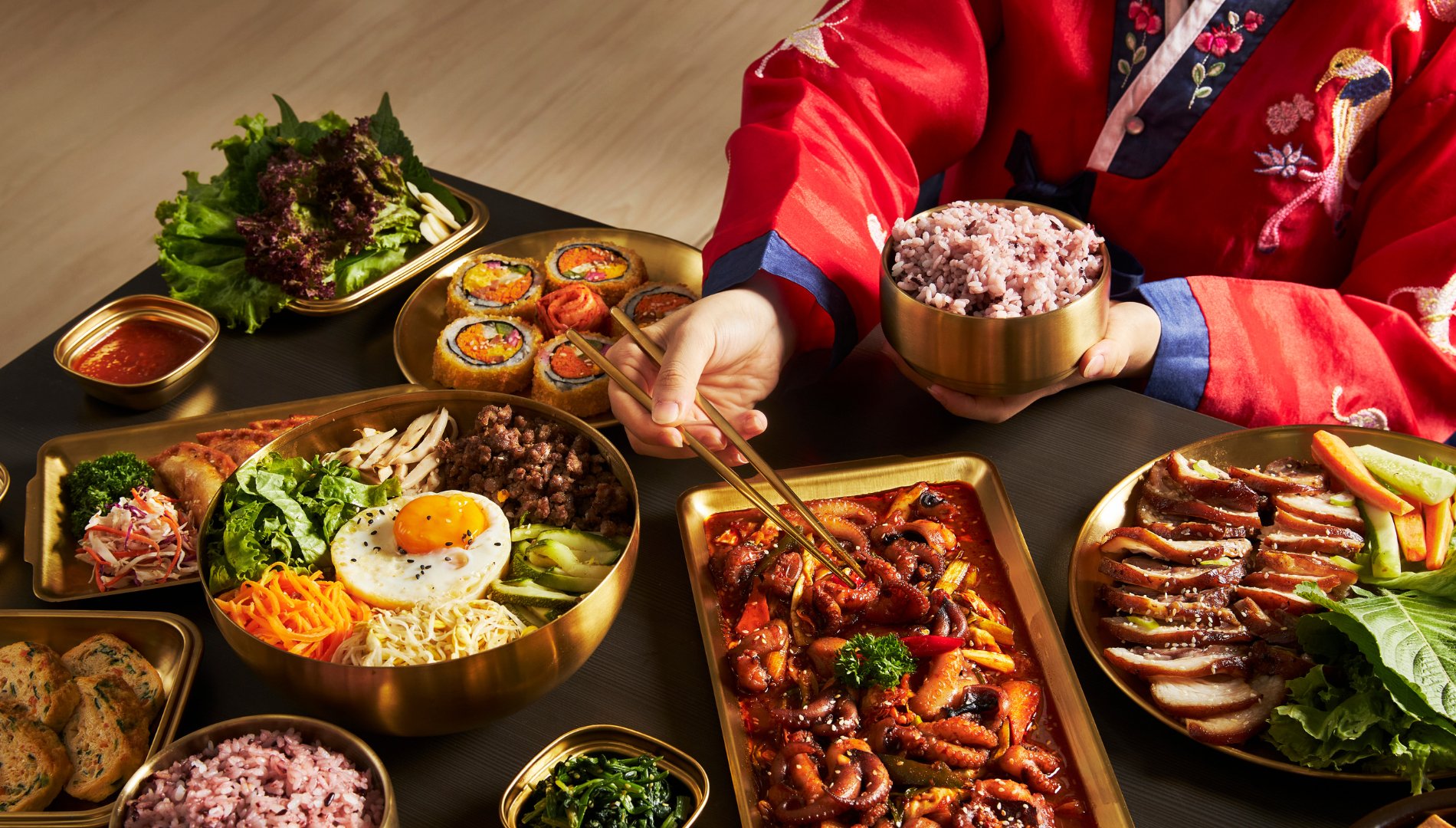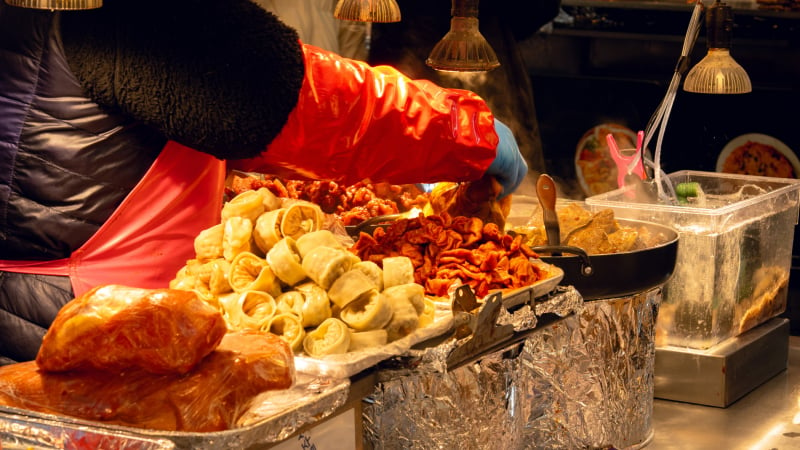For a long time, the image of a traditional Korean dining table covered with banchan (side dishes) – from pickled vegetables, blanched bean sprouts, pickled radishes to steamed tofu, seaweed soup has become a symbol of a healthy lifestyle, a harmony between nutrition and aesthetics. Each small plate is a masterpiece of meticulousness, reflecting a profound culinary philosophy.
However, those distinctive meals are gradually fading into memory as more and more family-style restaurants in Korea are forced to close, raising concerns about the loss of a precious cultural heritage.
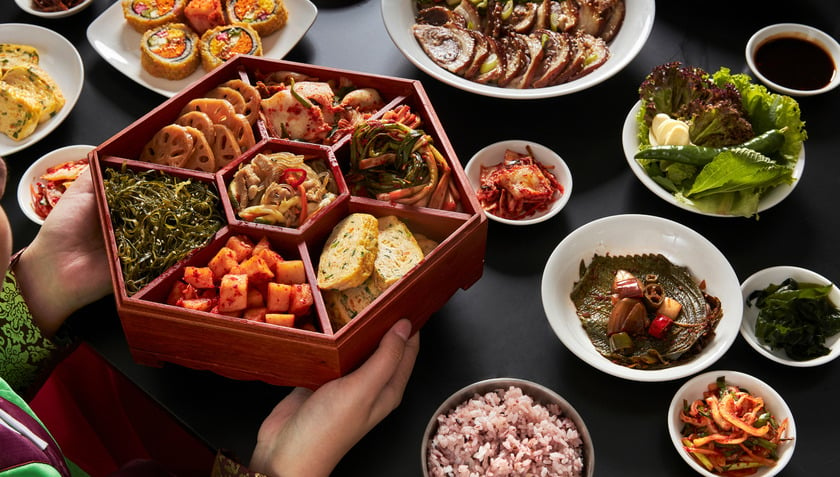
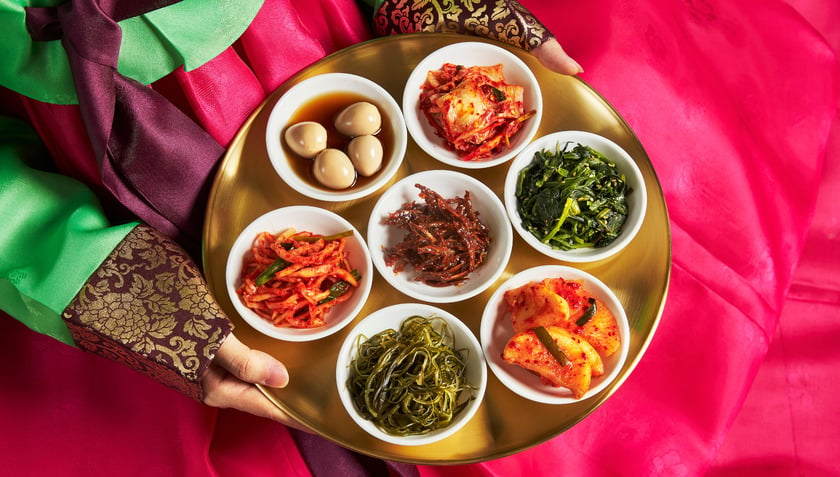
The decline in the number of traditional restaurants is not only a problem for the Korean culinary industry, but also reflects profound changes in modern society. One of the biggest challenges is the escalating cost of raw materials and high labor costs, while the cooking process is too meticulous and requires traditional kitchen skills that the younger generation is gradually abandoning.

A traditional Korean meal with a table covered with banchan (side dishes) is considered a symbol of a healthy lifestyle, with a harmonious balance between nutrition.
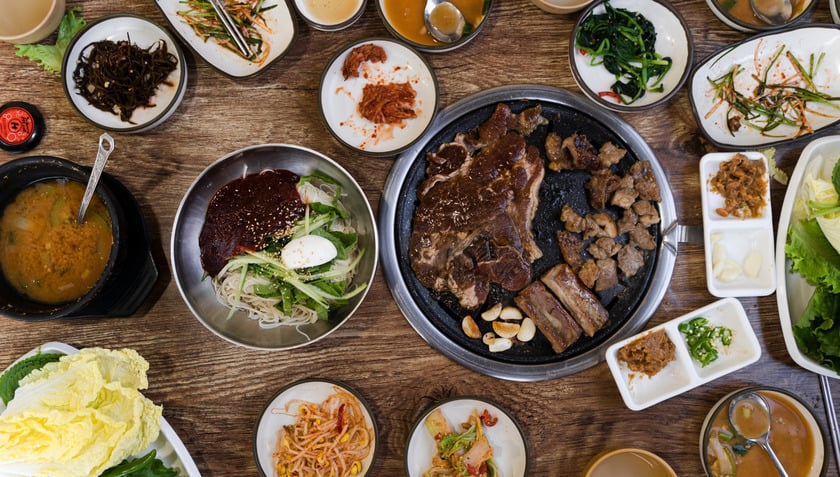
According to remarkable data from the Ministry of Agriculture, Food and Rural Affairs of Korea, the proportion of Korean restaurants in the total food service industry has decreased significantly, from 45.6% in 2018 to only 41.8% in 2024. Meanwhile, the group of restaurants serving fast food such as pizza, hamburgers, or Chinese noodles recorded a remarkable growth. Behind those dry numbers is the story of thousands of family restaurants having to close, when the old owners got old and their children were no longer interested in taking over. They often choose a less risky, less labor-intensive startup path: focusing on fast food, minimalist processes and stable profits.
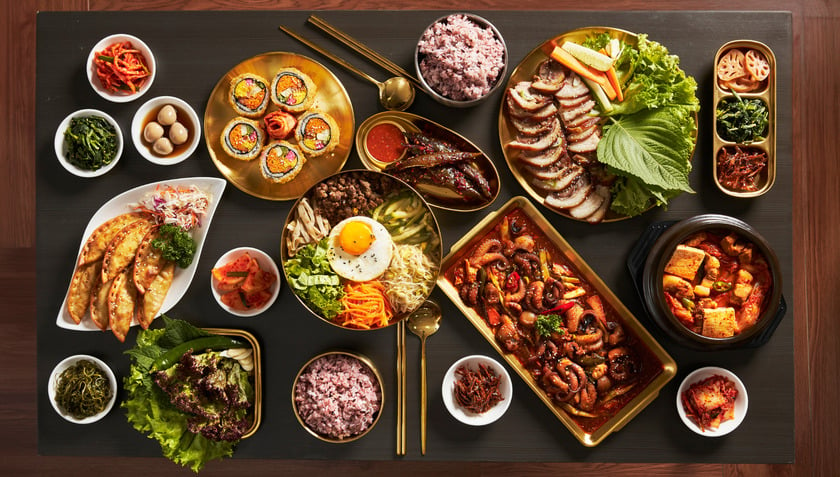
However, those signature meals are slowly fading into memory as more and more family-style restaurants in Korea are forced to close.
More than just places to eat, traditional family restaurants are living treasure troves of Korean culinary art. They are where doenjang is brewed traditionally, where wild vegetables are picked in season, and where each side dish tells a story about the region and the climate. Their disappearance means communities lose the bridges to the healthy lifestyle that nurtured their grandparents, the link between the past and the present.

More than that, it is also a silent warning about public health. As children increasingly indulge in black bean noodles, hamburgers, fried chicken, while plates of boiled vegetables, seaweed soup or whole grains are gradually disappearing from the dining table, South Korea is witnessing an alarming increase in cases of prediabetes and obesity.
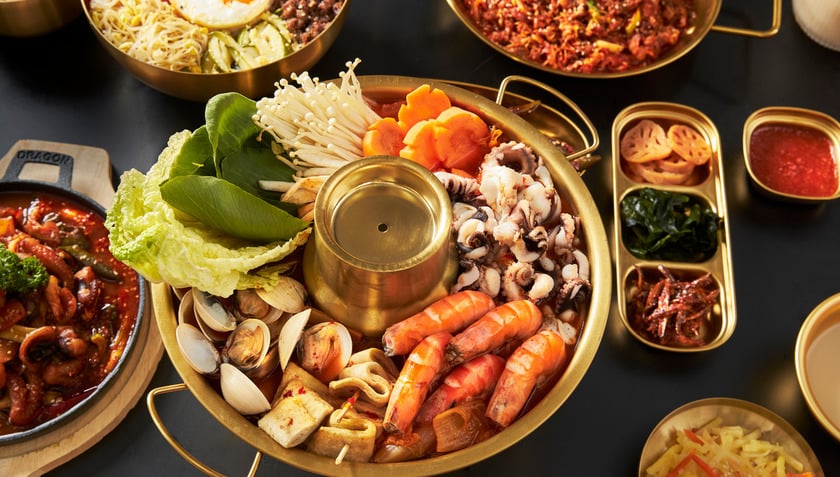
Rising raw material costs and high labor costs, while the cooking process is too meticulous and requires traditional kitchen skills, are said to be the main reasons.
Despite its simplicity, traditional Korean meals are one of the most balanced and nutritious in the world. Characterized by the principle of “eating many dishes, a little of each dish”, this model helps limit calorie intake while still ensuring adequate intake of essential nutrients.
In particular, side dishes with vegetables, if prepared with the right amount of salt, not only provide fiber and antioxidants but also help control blood sugar effectively. According to the principles of modern nutrition, eating vegetables before starch helps slow down the absorption of carbohydrates, avoiding spikes in blood sugar after meals - the main cause of metabolic diseases.

According to data from the Ministry of Agriculture, Food and Rural Affairs of Korea, the proportion of Korean restaurants in the total Food Service industry has decreased from 45.6% (in 2018) to only 41.8% in 2024.
Nutrition experts confirm: Family meals, with fresh ingredients, minimal processing, and little fat, are still the ideal diet to prevent chronic diseases such as diabetes, high blood pressure, obesity, and colorectal cancer. A meal of brown rice, low-salt kimchi, seaweed soup, steamed tofu, boiled eggs, and stir-fried lean pork with vegetables is many times better than a portion of black bean noodles high in starch and sodium, or a hamburger full of trans fat.
But the problem lies in feasibility. Even health-conscious people admit that it is difficult to find restaurants serving authentic “grandmother’s cuisine” in the modern city. The few remaining places, like a few steamed barley shops on the outskirts of Seoul, have become destinations for those looking to rediscover the old taste. But they are few and far between, and most survive on passion rather than business efficiency.

The disappearance of traditional restaurants means communities lose the bridges to healthy lifestyles that nurtured their grandparents' generation.
It is time for the Korean food industry to rethink its strategy for preserving traditional cuisine. These small restaurants cannot be expected to shoulder the responsibility of preserving the national culinary culture alone. There needs to be specific support policies: from subsidizing raw materials, teaching cooking skills to the younger generation, to building a sustainable business model for traditional restaurants. This is how Japan has succeeded with washoku or how Mediterranean countries have preserved Italian-Greek menus.

It's time for the Korean food industry to review its strategy for preserving traditional cuisine.
Cuisine is not only a matter of taste, but also the core of culture and public health. If traditional Korean food is lost because it is not “up to date”, it is not only the fault of the market, but also the abandonment of heritage, which will be paid for with full stomachs but unnourished hearts and bodies. Can the government and the community join hands to preserve traditional culinary values, protect public health and a part of the soul of Korean culture?





